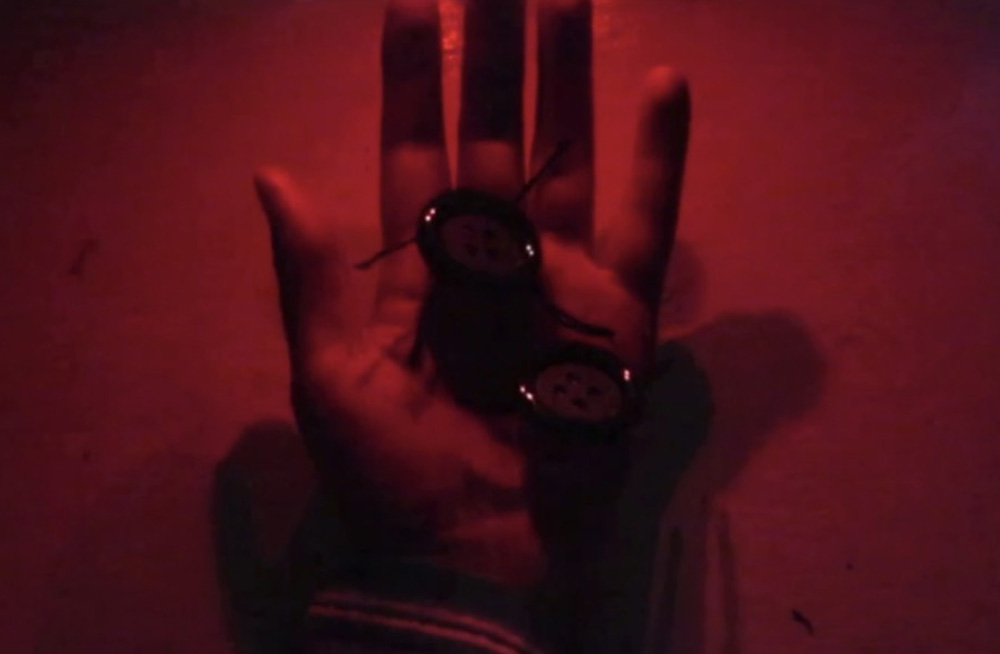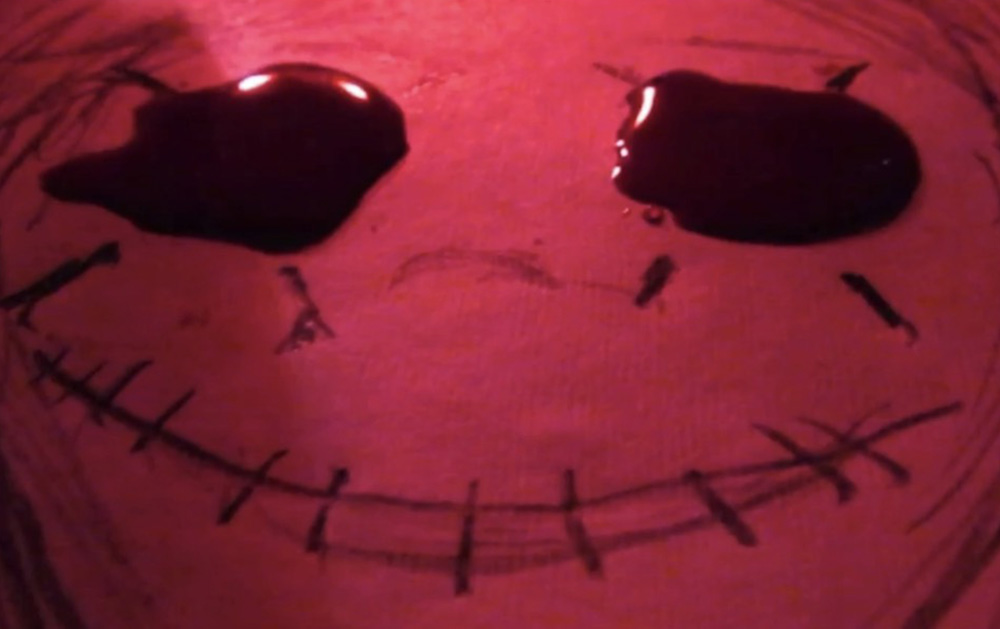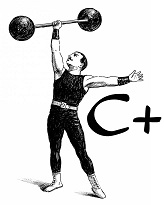Directed by Ashley Nicole, and written by Nicole and co-writer Diamond Ortega, “Button Eyes” is described as a horror film, but hits more like a campfire tale with interpersonal significance—and that’s a good thing. The film is less than 7 minutes in length, and is appropriate for the material. It’s also a bit more philosophical than most horror films I’ve seen, and may in fact be more accessible in that regard. We typically think of horror as gore, suspense, and of late, torture porn. But here we have a film that is a survey of colors, thoughts, and legend, and is an intriguing indie offering.
The score and cinematography are high points of this film. The opening pans over a darkly-lit room, semi-soaked in low-lamp conditions ripe with reds and pinks intertwined. We see paper, a table, a dollhouse, and, the opening’s focus, a piece of paper with red blood dots that are fitted with, aptly, button eyes. The darkly-lit room gives the film an ambiance that is fitting and chilling, while at the same time being oddly inviting. The music box-like score adds a childlike mystery and placidness to the proceedings. A constant, slow narration runs over the photography; and it is here that the film offers its beating heart.
What I got out of the narration was one part urban legend and one part philosophical introspection. Director Nicole speaks gently and softly: sometimes about whom this mysterious ‘Button Eyes’ is, its existence, its caretaker, etc., while other times she drops subtle hints that this entity could possibly be any child living under parents or conditions that wish to silence them. Dolls have button eyes and sewn up lips; is Nicole describing a legend of a doll that once inhabited a house, its owner leaving it to its own devices once he passed? Or are the sewn up lips meant to indicate silencing children, taking their voice away or for granted (children are meant to be seen and not heard, as mal-intentioned parental figures often like to profess)? There’s another layer beneath this onion though: what does that child do when they grow up, years later, with all these scars and no voice? How does one learn how to be themselves after being constrained?

As mentioned, the music is one of the high-points of the short, a sort of xylophone mixed with the kinds of sounds one hears from a mobile over a baby’s crib. The score is done by Brandon Fiechter, and fits the mood and lighting well. The cinematography by Director Nicole is slow and steady and adds to the overall ambiance of the picture. It’s a panorama of of soothing shots, and the paper on-screen, which shows at first blood-stained eyes which are then sewn with buttons—to be later transfixed onto Nicole herself—add to the overall mystery of the film.
If I had to criticize the film at all, it’s that its genre doesn’t exactly suit the material. The film is billed as horror, but there’s not too much unsettling or horrific about it. It’s more a mute-toned introspection of interesting images, collages, and ideas—predominantly about childhood, trauma, and not being able to speak your voice—wrapped up in the idea of a horror movie that doesn’t quite get there. I commend Nicole for broaching these topics and wrapping them up in a digestible, albeit eerie package. I think the film is best appreciated as a thoughtful but mysterious missive on the human experience with a bit of the supernatural added in rather than straight-out horror. But all-in-all “Button Eyes” is an enjoyable short and a good effort from its filmmaker.
*”Button Eyes” is available to watch via YouTube and will be available to stream on Sofy.tv soon.


